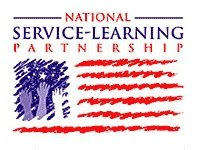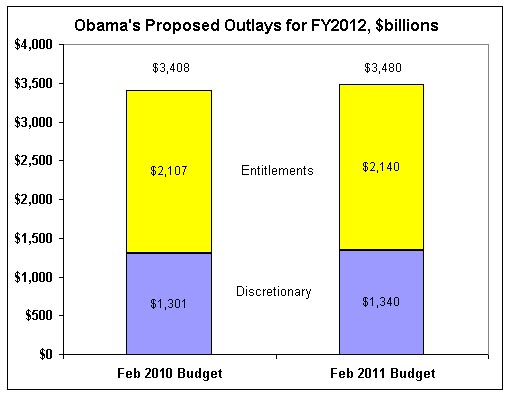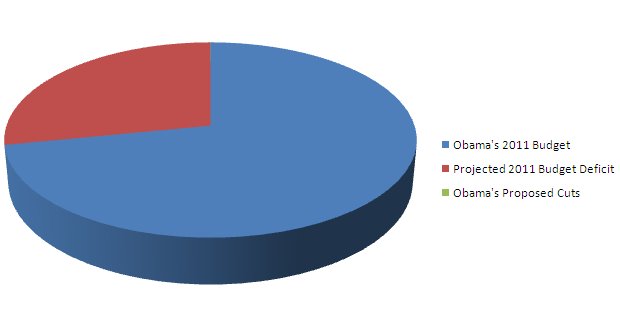10-08-2009

Permalink


NSLP
|
Subject: Be It Resolved ...
Ace Parsi, the Policy Director for the National Service-Learning
Partnership, issued an
Important Policy Update in which he states:
I write you because we need your help in nurturing key
relationships in Congress. These relationships are very
important as we promote policies that give more youth in
this country meaningful opportunities to engage in
service-learning.
[...]
It's a critical time for service-learning and it is so
important to let Congress know that service-learning works
and we care.
I wonder what those "key relationships in Congress" are that
need to be nurtured? Could it have anything to do with taking more
money from the pockets of the taxpayers and giving it to these people?
On October 7th, various Senators introduced the following
resolution:
S.CON. RES. 46: CONCURRENT RESOLUTION
Recognizing the benefits of service-learning and expressing support
for the goals of the National Learn and Serve Challenge.
Whereas service-learning is a teaching method that enhances
academic learning by integrating classroom content with relevant
activities aimed at addressing identified needs in a community
or school;
Whereas service-learning has been used both in school and
community-based settings as a teaching strategy to enhance
learning by building on youth experiences, granting youth a
voice in learning, and making instructional goals and objectives
more relevant to youth;
Whereas service-learning addresses the dropout epidemic in the
United States by making education more `hands-on' and relevant,
and has been especially effective in addressing the dropout
epidemic with respect to disadvantaged youth;
Whereas service-learning is proven to provide the greatest
benefits to disadvantaged and at-risk youth by building
self-confidence, which often translates into overall academic
and personal success;
Whereas service-learning provides not only meaningful experiences,
but improves the quantity and quality of interactions between
youth and potential mentors in the community;
Whereas service-learning empowers youth as actively engaged
learners, citizens, and contributors to the community;
Whereas youth engaged in service-learning provide critical service
to the community by addressing a variety of needs in towns, cities,
and States, including needs such as tutoring young children, care
of the elderly, community nutrition, disaster relief, environmental
stewardship, financial education, and public safety;
Whereas far-reaching and diverse research shows that
service-learning enhances the academic, career, cognitive, and
civic development of students in kindergarten through 12th grade,
and students at institutions of higher education;
Whereas service-learning strengthens and increases the number of
partnerships among institutions of higher education, local schools,
and communities, which strengthens communities and improves
academic learning;
Whereas service-learning programs allow a multitude of skilled
and enthusiastic college students to serve in the communities
surrounding their colleges;
Whereas service-learning programs engage students in actively
addressing and solving pressing community issues and strengthen
the ability of nonprofit organizations to meet community needs;
Whereas Learn and Serve America, a program established under
subtitle B of title I of the National and Community Service Act
of 1990 (42 U.S.C. 12521 et seq.), is the only federally funded
program dedicated to service-learning and engages more than
1,100,000 youth in service-learning each year;
Whereas Learn and Serve America is a highly cost-effective program,
with an average cost of approximately $25 per participant and
leverage of $1 for every Federal dollar invested;
Whereas the National Learn and Serve Challenge is an annual event
that, in 2009, will take place October 5 through October 11; and
Whereas the National Learn and Serve Challenge spotlights the
value of service-learning to young people, schools, college
campuses, and communities, encourages others to launch
service-learning activities, and increases recognition of
Learn and Serve America: Now, therefore, be it
Resolved by the Senate (the House of Representatives
concurring), That Congress—
(1) recognizes the benefits of service-learning, which
include—
(A) enriching and enhancing academic outcomes for youth;
(B) engaging youth in positive experiences in the
community; and
(C) encouraging youth to make more constructive choices
with regards to their lives;
(2) encourages schools, school districts, college campuses,
community-based organizations, nonprofit organizations, and
faith-based organizations to provide youth with more
service-learning opportunities; and
(3) expresses support for the goals of the National Learn
and Serve Challenge.
I had a few questions about this resolution, and as the primary
sponsor, I wrote to my Senator, Patty Murray, asking the following:
Dear Senator Murray:
I am reading the text of S.CON RES. 46, and I am trying to get a
better understanding of the exact nature of service-learning.
There are a great many claims made in this resolution regarding
social and cognitive benefits to be realized by youth from their
participation in this program. Specifically, the resolution
states:
"Whereas far-reaching and diverse research shows that
service-learning enhances the academic, career, cognitive,
and civic development of students in kindergarten through
12th grade, and students at institutions of higher
education;"
I have scoured the NSLP website looking for just this type of
research, but have not been able to locate it. As the primary
sponsor of the legislation, I would greatly appreciate it if you
could send me a copy of the research that you used when crafting
these statements. Alternately, you could just point me to a
location on the internet where I could review the research.
The resolution also states:
"Whereas Learn and Serve America is a highly cost-effective
program, with an average cost of approximately $25 per
participant and leverage of $1 for every Federal dollar
invested;"
I was confused by this passage. Could you please explain to me
just how this leveraging works? What is the $25 cost/participant
and what is the time unit associated with this $25 cost (per
student/year, per student/event or something else?) Can you
then explain why this is cost effective? In relation to what
exactly?
Finally, I must plead serious ignorance when it comes to the
day-to-day workings of Congress, but I am trying to understand
exactly what is the purpose of a resolution such as this? There
does not seem to be any legislative component here, and I cannot
determine what action or impact this resolution is supposed to
produce. Could you please enlighten me.
Thank you for your time and help in improving my understanding
in this area.
Sincerely,
--
C. Jeffery Small
I will report here if I receive any clarification from the Senator.
|








